Global Vibration Sensor Market 2025 2034 Top Leading Startup Players Analysis
Author:
Intellectual Market Insights Research
Published Date:
14 Aug 2025
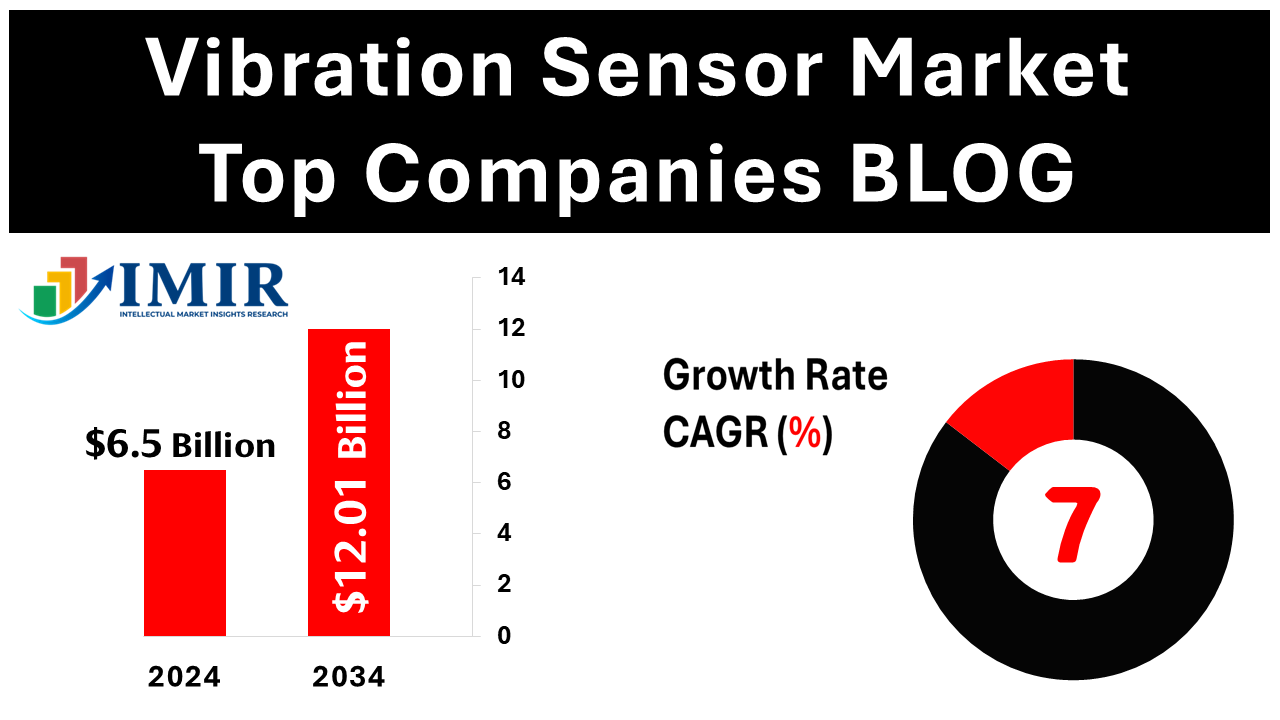
Introduction
The global vibration sensor market is entering a new era of smart, connected, and predictive industrial monitoring. Vibration sensors are crucial for detecting irregularities in machinery, ensuring equipment reliability, and preventing costly downtime across industries such as manufacturing, automotive, aerospace, and energy. As Industry 4.0 gains traction, demand for highly accurate, wireless, and AI-enabled vibration monitoring solutions is surging worldwide.
Market Snapshot
Market Size: The global vibration sensor market was valued at US$ 6.5 billion in 2024. Projections estimate a rise to US$ 12.01 billion by 2034.
CAGR: The market is expected to grow at a compound annual growth rate (CAGR) of 7% from 2025 to 2034.
Key Applications: Key applications include industrial Automotive, Automotive, Aerospace & Defense, Building & Ifrastructure, Oil & Gas, Energy & Power, Manufacturing and Consumer Electronics.
Regional Leaders: North America dominated the market in 2024 with ~40% share. Asia-Pacific is expected to witness the fastest CAGR of ~9% between 2025 and 2034.
⇒ Would you like me to add more details on specific companies or market trends? Let me know! CLICK HERE
Top Leading Companies in the Global Vibration Sensor Market (2025)
Emerson Electric | Rockwell Automation | Honeywell International | SKF Group | TE Connectivity |
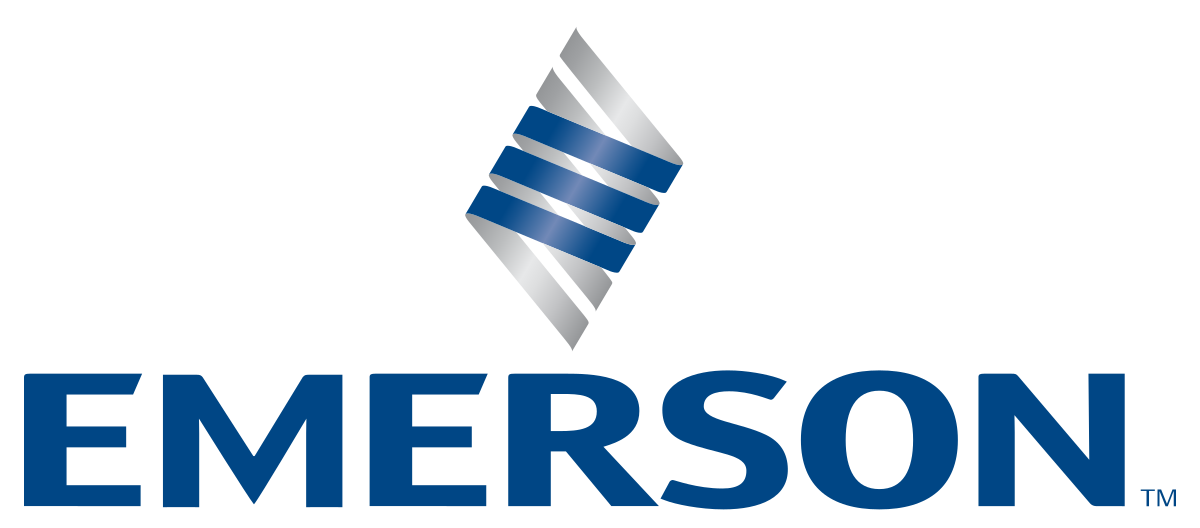 |  | | | 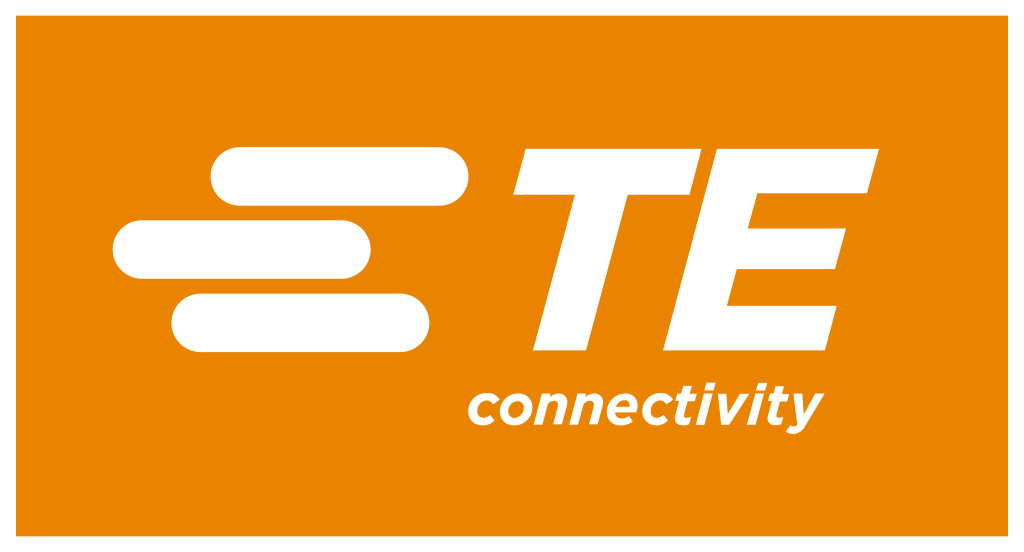 |
Analog Devices | Hansford Sensors Ltd. | Meggitt PLC | PCB Piezotronics (MTS Systems) | KCF Technologies |
 | 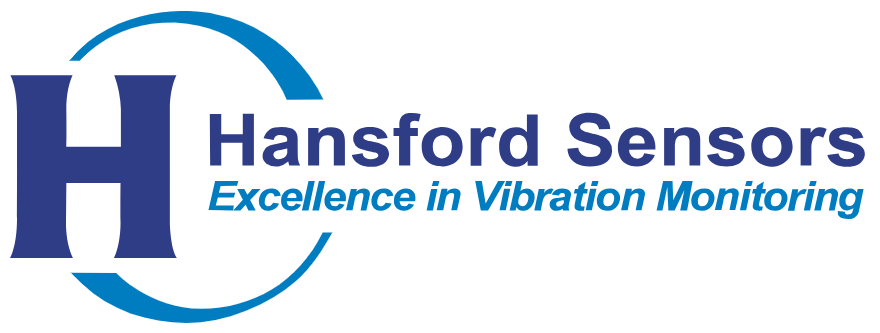 | |  | 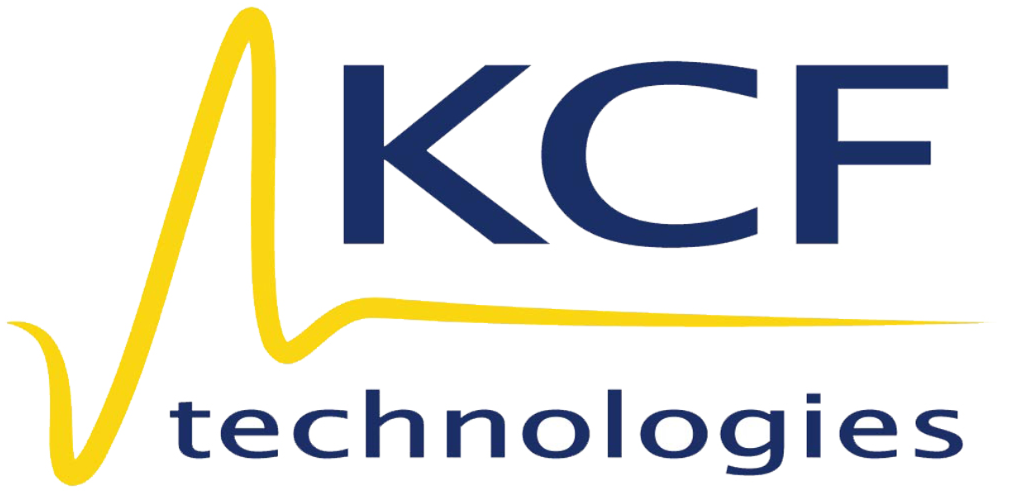 |
Market Drivers
Rising adoption of predictive maintenance in manufacturing.
Growth of Industrial IoT (IIoT) solutions.
Increasing demand for wireless vibration sensors.
Government focus on workplace safety and machine reliability.
Technological advancements in MEMS-based vibration sensors.
Regional Analysis
North America: Dominates with strong industrial base & innovation in IIoT.
Europe: Focused on predictive maintenance in manufacturing.
Asia-Pacific: Fastest growth due to automotive & electronics manufacturing boom.
Middle East & Africa: Expanding oil & gas applications.
Latin America: Emerging adoption in mining & agriculture machinery.
Segmentation Analysis
By Product Type: Accelerometers, Velocity Sensor, Displacement Sensor
By Type: MEMS, Piezoelectric, Strain Gauge, Variable Capacitance, Hand Probe, Optical Sensor, Tri-axial Sensors, Others.
By End-User: Automotive, Automotive, Aerospace & Defense, Building & Ifrastructure, Oil & Gas, Energy & Power, Manufacturing and Consumer Electronics.
By Output: Analog, Digital
By Connectivity: Wired, Wireless
Growth, Trends & Innovation (2025)
Shift from wired to wireless systems.
AI-powered predictive analytics becoming mainstream.
Development of energy-harvesting vibration sensors for self-powered IoT nodes.
Increasing integration with cloud-based dashboards for remote access.
This blog provides competitive insights for stakeholders, investors, and technology providers in the vibration sensor space, enabling strategic decision-making for the next decade.
Frequently Asked Questions (FAQs)
Q1: What is a vibration sensor?
Answer: A vibration sensor is a device that measures the vibration state of a machine or object, converting mechanical motion into an electrical signal.
Q2: What is the projected CAGR for the vibration sensor market (2025–2034)?
Answer: 7%.
Q3: Which region is expected to see the highest growth?
Answer: Asia-Pacific.
Q4: What are the main applications?
Answer: Predictive maintenance, machine health monitoring, automotive testing, aerospace systems.
Q5: Who are the top three market leaders?
Answer: Honeywell, Rockwell Automation, SKF Group.
Q6: What technology is driving innovation?
Answer: MEMS and AI-powered analytics.
Q7: What are the major challenges?
Answer: High cost and integration complexity.
Q8: Are wireless vibration sensors becoming more common?
Answer: Yes, due to ease of installation and IIoT adoption.
Q9: What’s the biggest market driver?
Answer: Predictive maintenance demand.
Q10: Will AI dominate the vibration sensor industry?
Answer: Yes, AI is expected to be a key enabler for real-time, autonomous monitoring.
About US:
IMIR Market Research is a global market intelligence and consulting organization that provides syndicated research reports, customized research reports, and consulting services. We are known for our actionable insights and authentic reports in various domains including, Semiconductor, aerospace, Automation, Agriculture, Food & Beverages, Automotive, Chemicals and Materials, and virtually all domains and an exhaustive list of sub-domains under the sun. We create value for clients through our highly reliable and accurate reports.
Contact Us: IMIR Market Research Pvt. Ltd.
Email: sales@intellectualmarketinsights.com
Call Us: +1 (814) 487 8486



